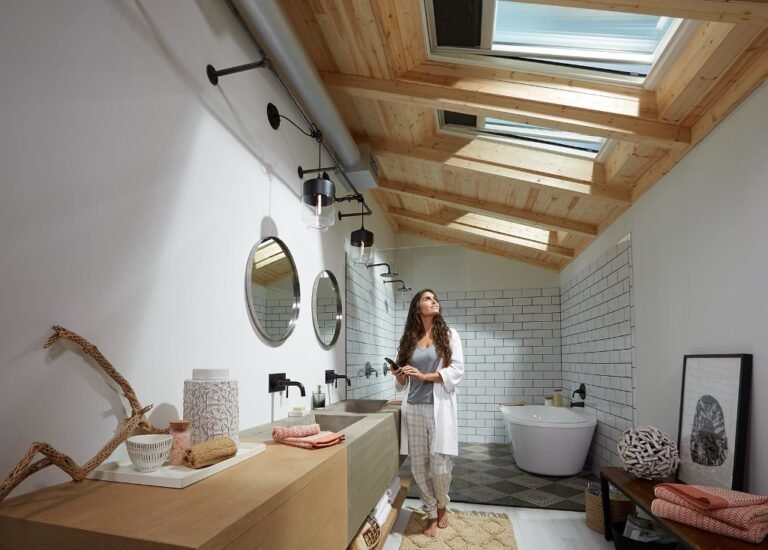I. What is Enamel Paint?
Enamel paint is a paint that has an oil-based or synthetic base and can be used for many different types of surfaces. It has a glossy, smooth finish that is highly durable, which makes it ideal for both interior and exterior applications. Enamel paint provides excellent coverage and protection against scratches, fading, chipping, and wear and tear.
This article will explain the advantages and disadvantages of using enamel paint, as well as provide tips for proper use and maintenance. In addition, it will outline considerations to make before starting a project with enamel paint, such as choosing the right type of paint and preparing the surface properly.
Finally, this article will offer instructions on how to mix and apply enamel paint, as well as tips for keeping the finish looking its best.
A. Advantages
The numerous benefits of enamel paint make it a popular choice for interior painting projects. It is simple to apply, dries rapidly, and offers excellent coverage. Furthermore, enamel paint is scratch- and chip-resistant, making it an ideal choice for high-traffic areas such as kitchens and restrooms. In addition, because enamel paint is oil-based, it tends to be more durable than water-based coatings.
B. Disadvantages
Enamel paint has many advantages, but it also has some disadvantages. It requires a greater amount of preparation and cleaning than other paints. What’s more, it is susceptible to cracking and disappearing over time. Ultimately, enamel paint is difficult to touch up if the original finish begins to wear off, as it is difficult to find an identical match.
C. Benefits of Using Enamel Paint
Enamel paint is highly versatile and can be used to add a beautiful glossy finish to almost any interior space. Additionally, it provides strong protection against scratches, fading, and wear and tear. With proper preparation and care, the resulting finish will be resistant to moisture, heat, stains, and dirt. Most importantly, enamel paint is simple to maintain and easy to repair if needed.

II. Considerations Before Starting a Project with Enamel Paint
Enamel paint is an excellent choice for interior projects, but it also requires careful preparation before beginning the project. A few considerations to make before starting a project include choosing the right type of enamel paint, preparing the surface properly, and selecting the right tools and materials.
A. Suitable Surfaces for Enamel Paint
Paint made of enamel can be applied to a variety of substrates, including masonry, concrete, metal, and even wood. It is appropriate for usage not just on the interior but also the exterior of a building, as well as in high-humidity areas such as bathrooms and kitchens. However, you should not apply it on surfaces that are highly porous like plaster or drywall because it will not work properly.
B. Proper Preparation for the Surface
Before applying enamel paint to a surface, it is important to properly prepare the surface by cleaning and sanding it. It is also essential to repair any imperfections or holes in the surface before painting, as they may become more visible after the paint is applied.
C. Choosing the Right Type of Enamel Paint
There are different types of enamel paint, such as oil-based and water-based. It is important to select the right type of enamel paint for the application, as some surfaces require a specific type of enamel paint. Furthermore, some types of enamel paint may be better suited for certain climates and environments.

If you have any questions or concerns about working with enamel paint, it is best to consult with a professional painter before beginning. For more information click here. This will ensure that the project is completed correctly and safely.
III. Mixing and Applying Enamel Paint
Once the surface is adequately prepared, enamel paint can be mixed and applied. You may follow these steps to mix and apply enamel paint:
A. Preparing the Room and Materials
Before getting started on the project, you need to make sure that the area to be worked in has adequate ventilation and that all of the necessary materials are readily available. Make certain that your working area is tidy and that you have all of the required equipment, such as buckets, brushes, and rollers, to mix the paint.
B. Mixing the Paint Properly
It is imperative to carefully adhere to the directions provided on the enamel paint container to achieve the desired results while mixing the paint. Make sure to regularly stir the paint until it reaches a consistency that is consistent throughout.
C. Using Primer, if Necessary
You may need to apply a primer to the surface before you apply enamel paint. This is especially true if the surface is exceptionally porous or if you are painting over a color that is already present. The sort of paint that you are applying needs to be matched with the type of primer that you are using.
D. Applying the Paint
After the paint has been properly mixed and primed, if necessary, it is then ready to be applied. You can apply the paint with a brush, a roller, or even a sprayer, depending on the kind of surface you’re working on. If you want the greatest results, make sure you do everything exactly as it says on the can.

IV. Maintaining the New Enamel Paint Finish
Enamel paint is a durable and long-lasting coating, but it must be properly cared for to maintain its finish. You may follow these steps to protect your new enamel paint finish:
A. Cleaning and Dusting Tips
You must keep the painted surface clean and dust-free. Use a soft cloth and mild detergent, such as dish soap, to wipe down the painted area.
B. Touch-Ups, if Necessary
If the original finish begins to wear off, you may need to touch up the paint. However, it is important to note that enamel paint can be difficult to match, so it is best to use a similar color of the same brand and type of paint.
C. Periodic Repainting or Refreshing of the Enamel Paint Finish
Enamel paint will eventually fade and wear over time. To maintain its original finish, it is recommended to periodically repaint or refresh the surface.
V. Conclusion
Enamel paint can be a great choice for both indoor and outdoor surfaces. However, before beginning a project with enamel paint, it is important to properly prepare the surface, select the right type of enamel paint, and mix and apply it correctly. Additionally, routine maintenance is essential to keep the paint looking its best. With the proper preparation and care, your enamel paint project will last for years to come.
Always follow the manufacturer’s instructions for the best results. Failure to do so may result in an unsatisfactory finish or even damage to the surface. Furthermore, it is highly recommended to always use a primer before painting and wear protective gear such as gloves and masks when dealing with enamel paint.
Safety should always be your top priority when working with enamel paint. Never mix and apply the paint in an area that is not well-ventilated, as this may cause fumes to accumulate and create a hazardous environment. Additionally, it is important to keep any solvents such as mineral spirits away from open flames and sparks.
By following these tips, you can be assured of success in your next enamel paint project. Good luck!




